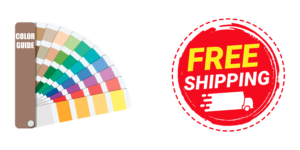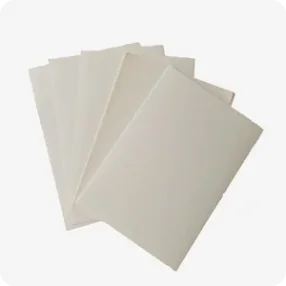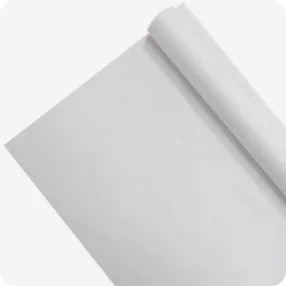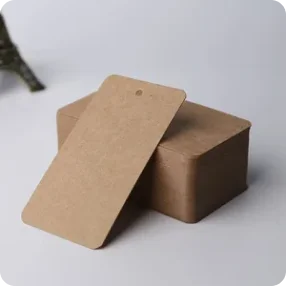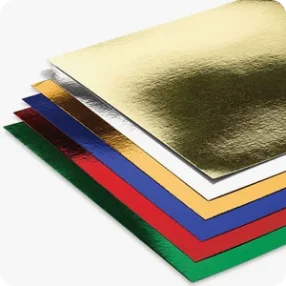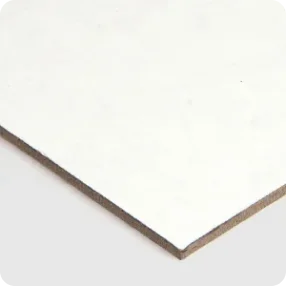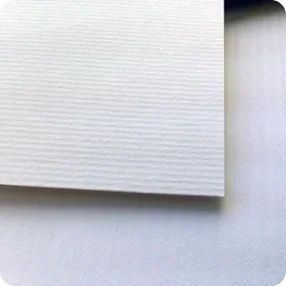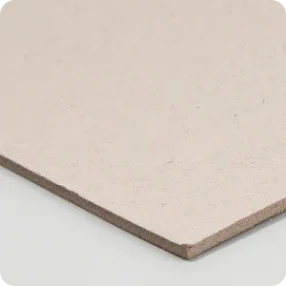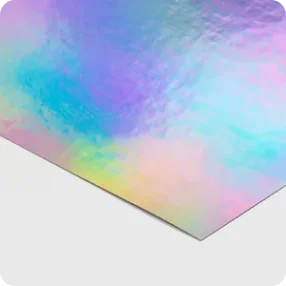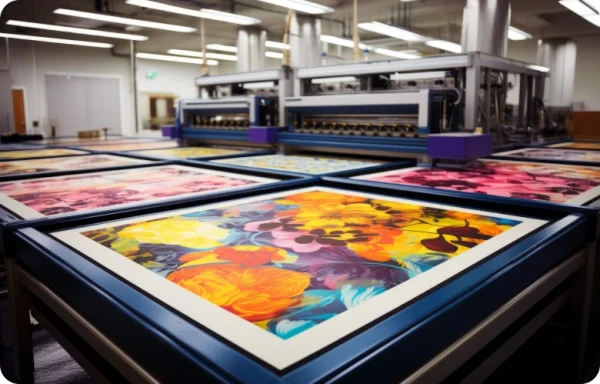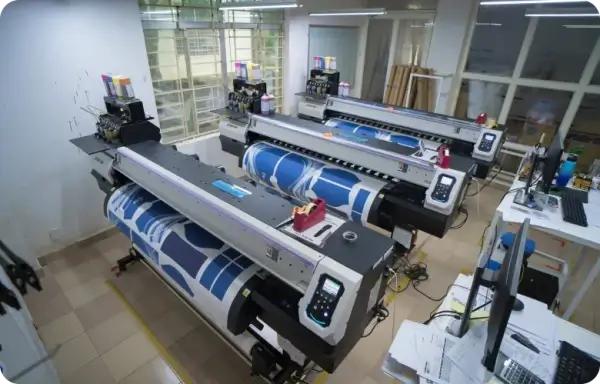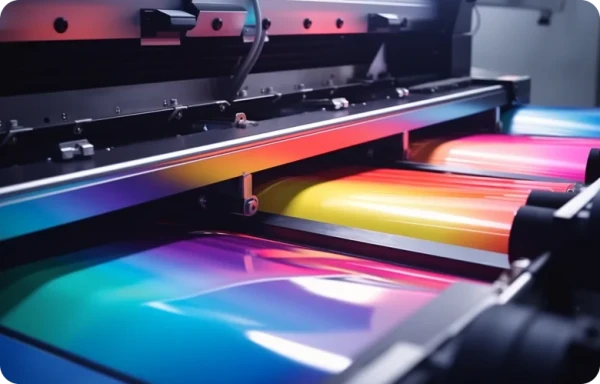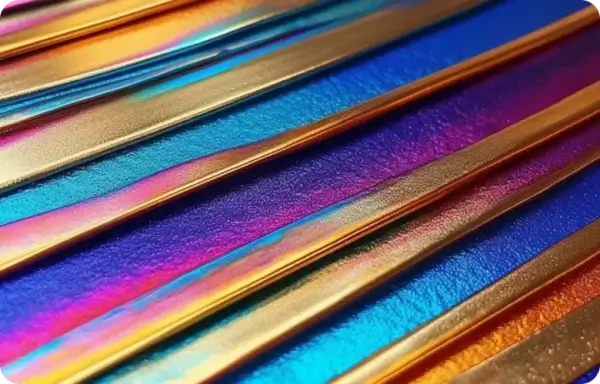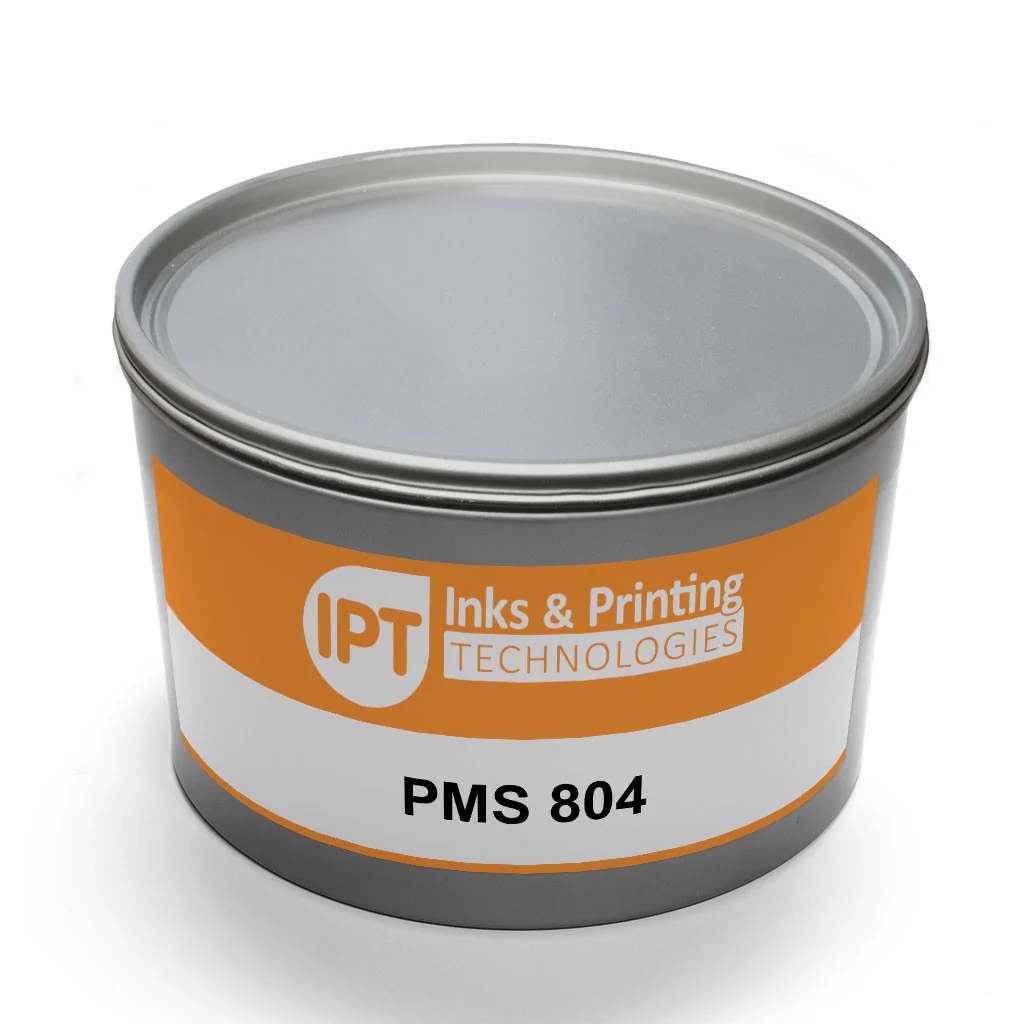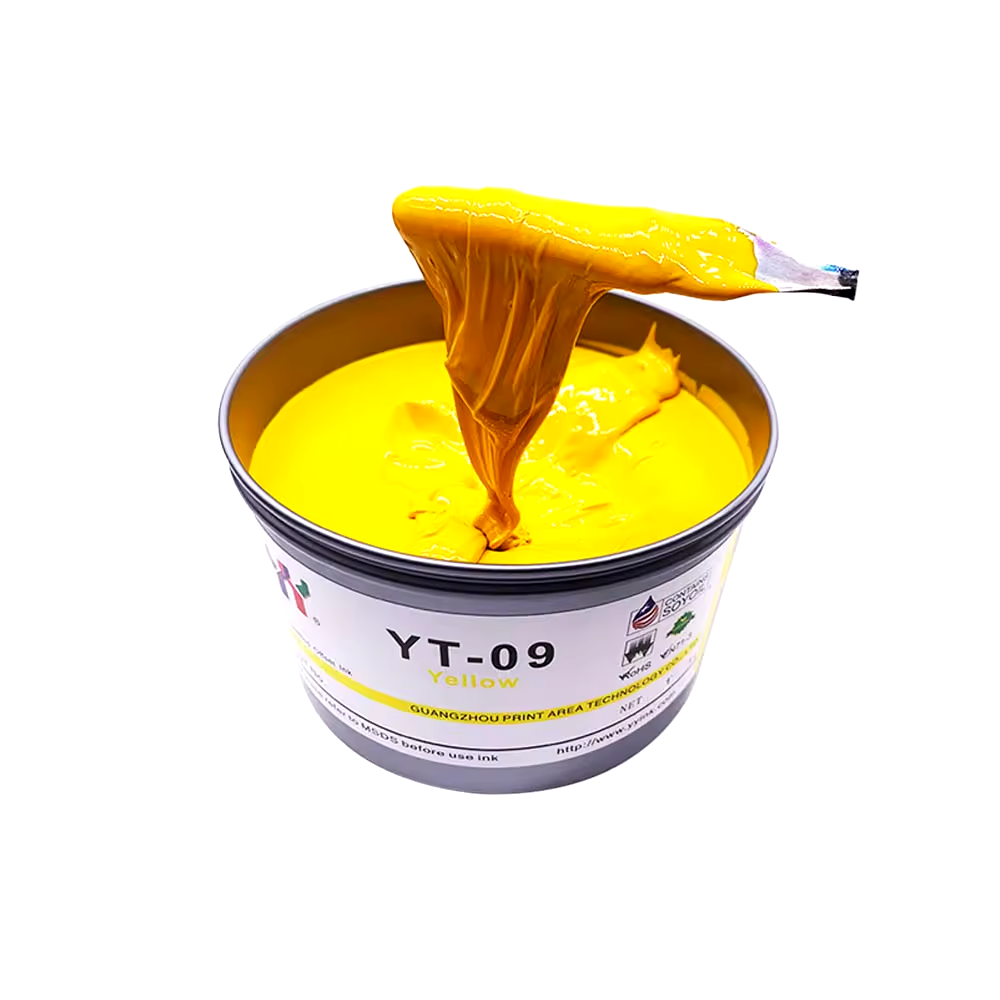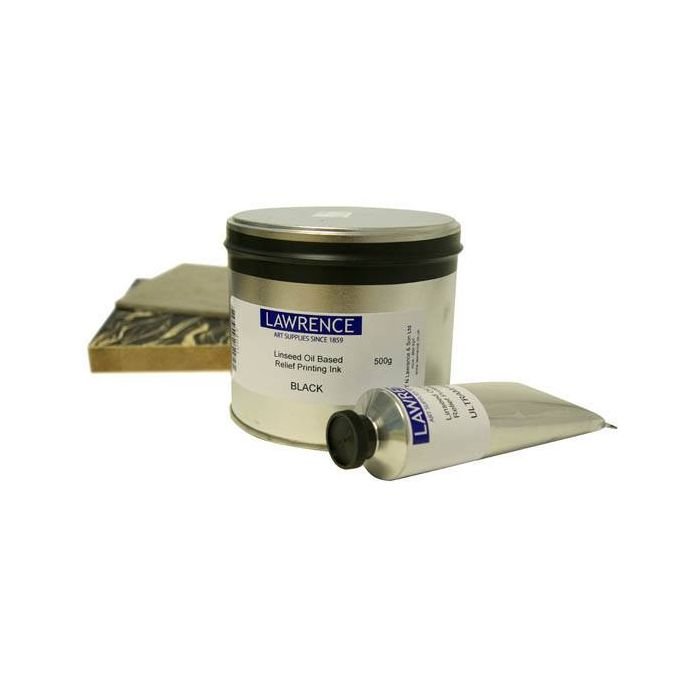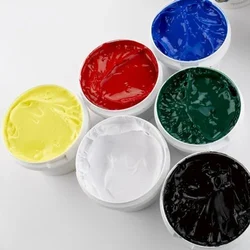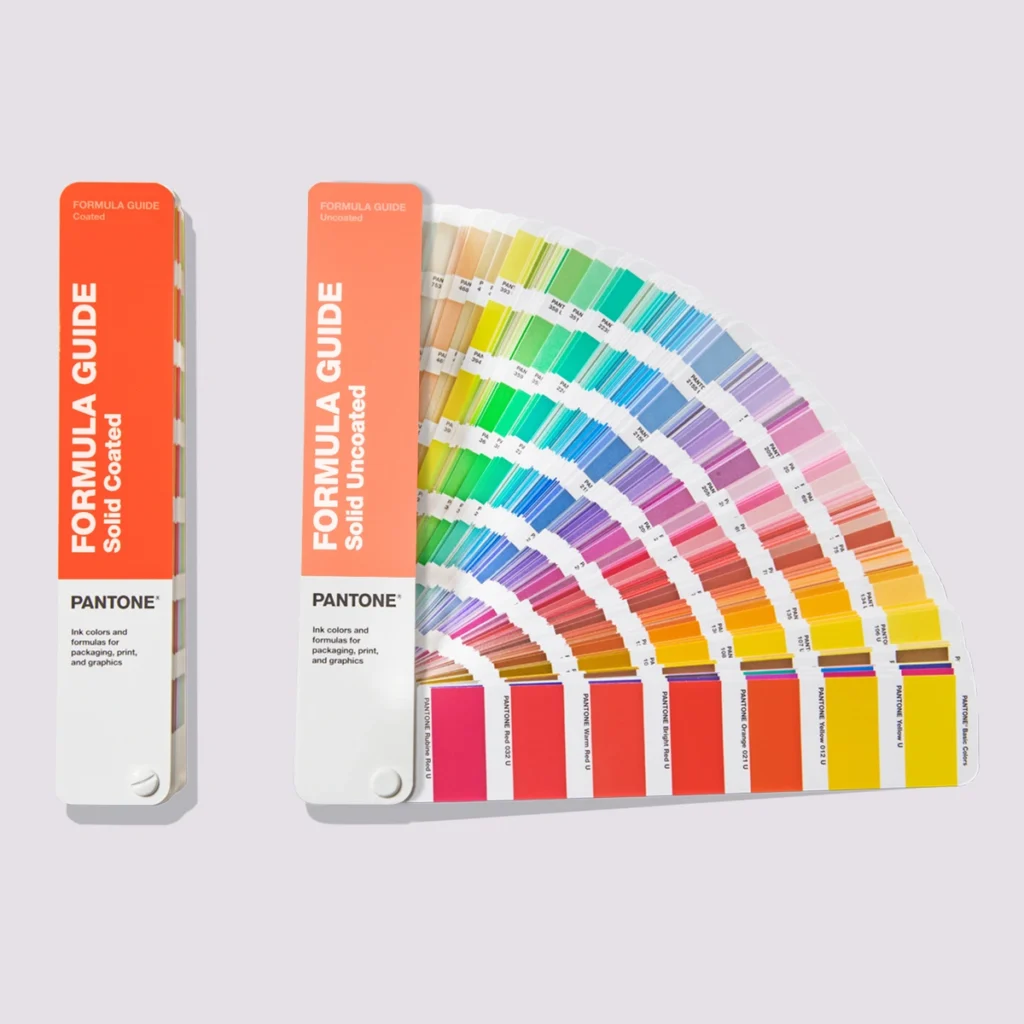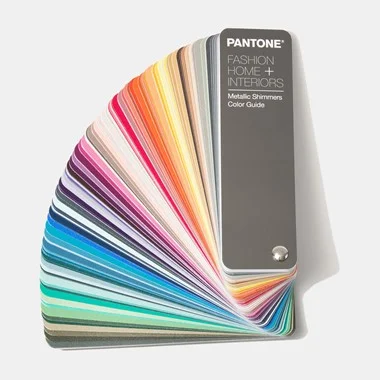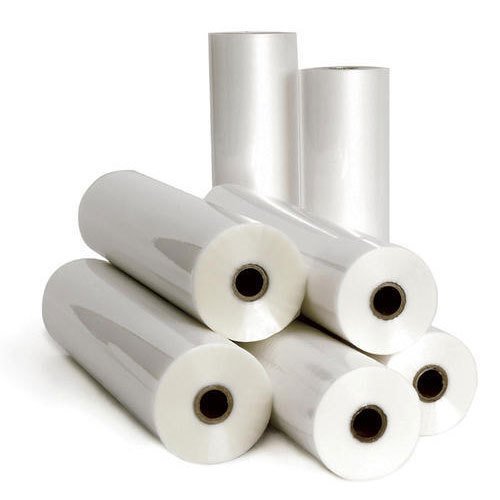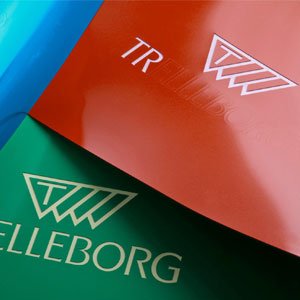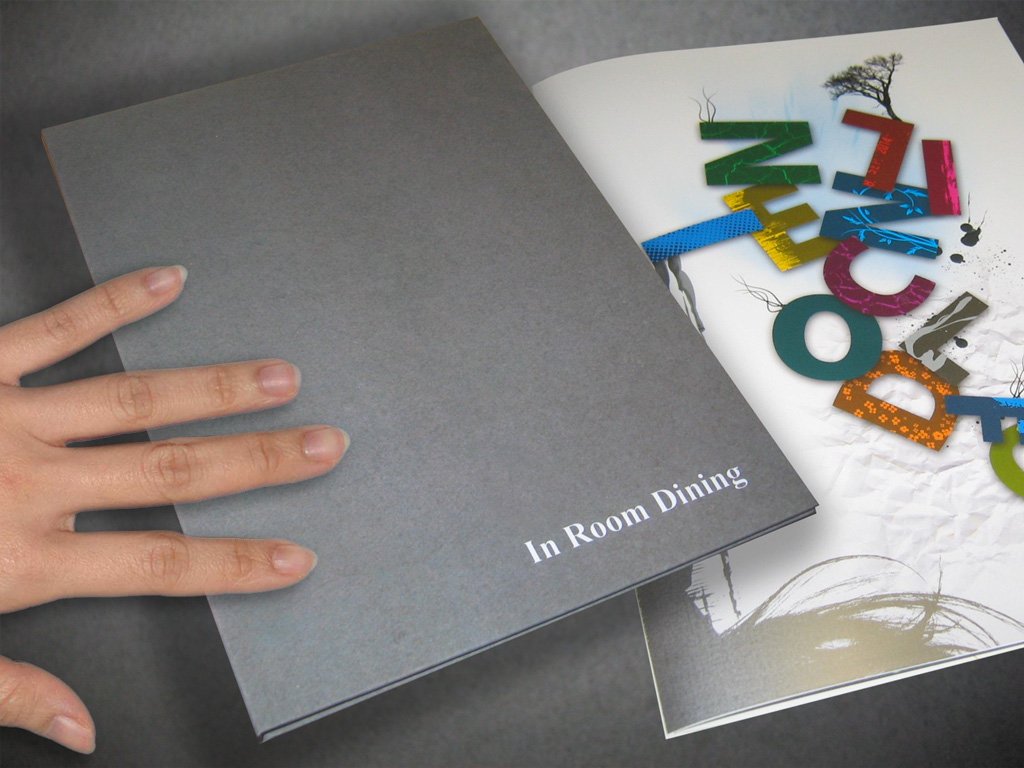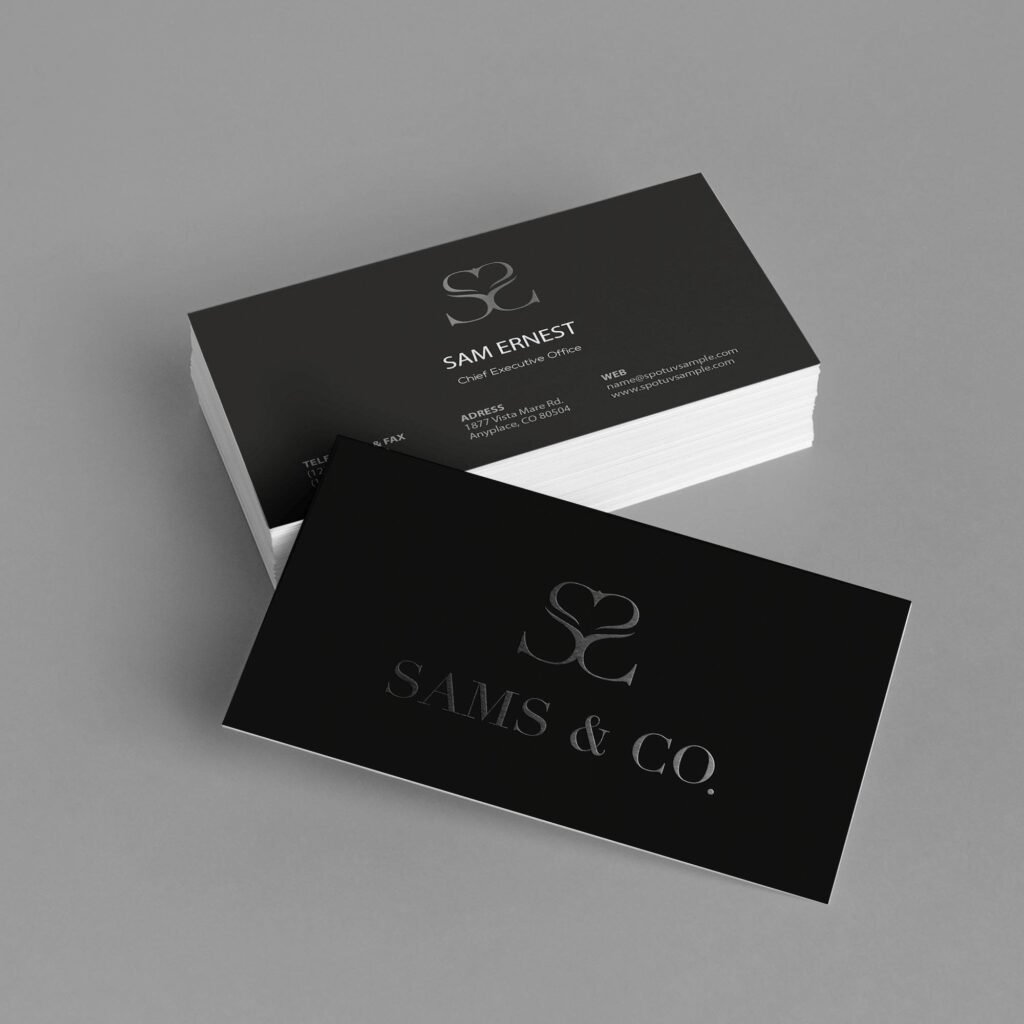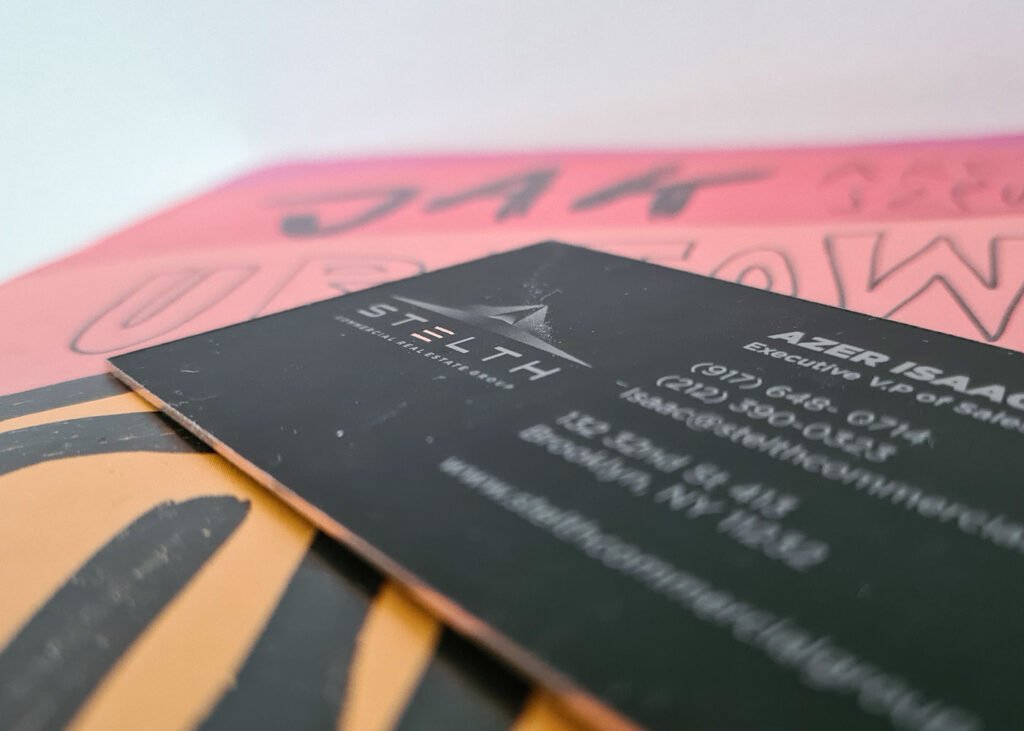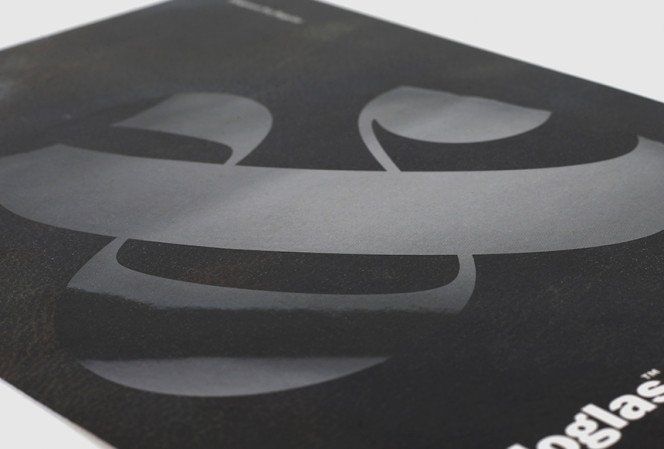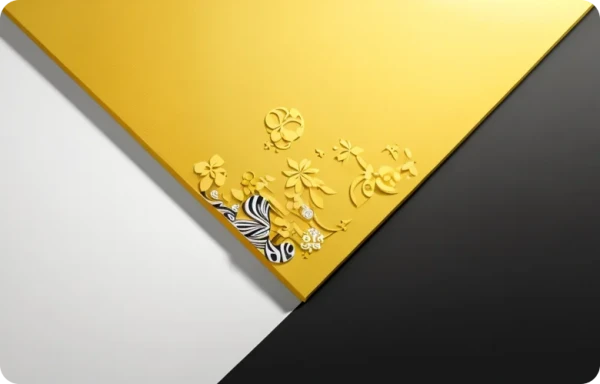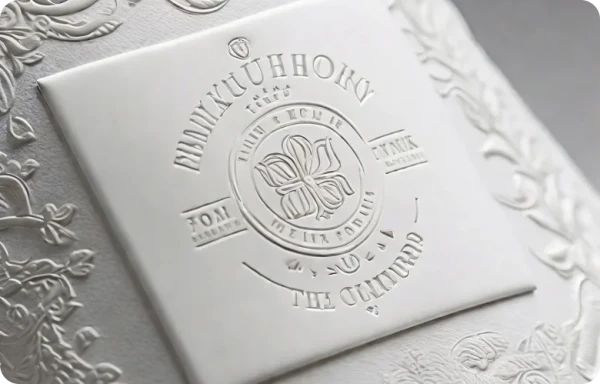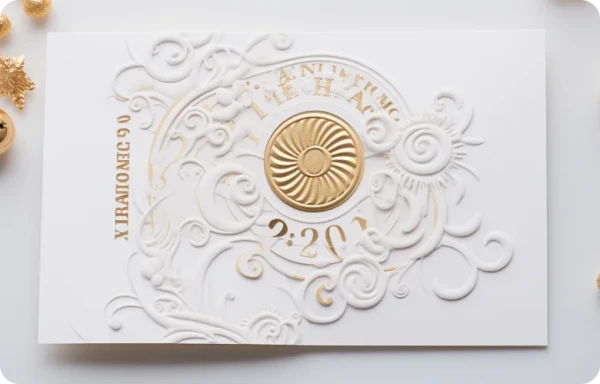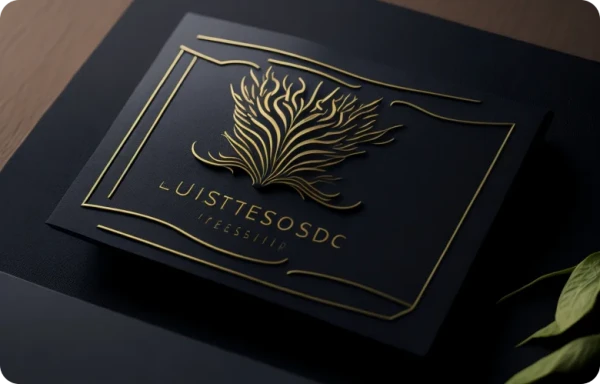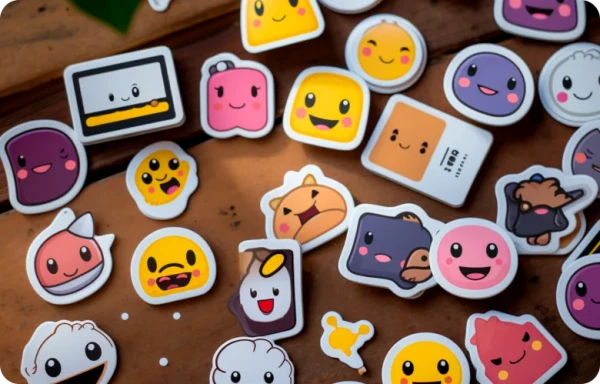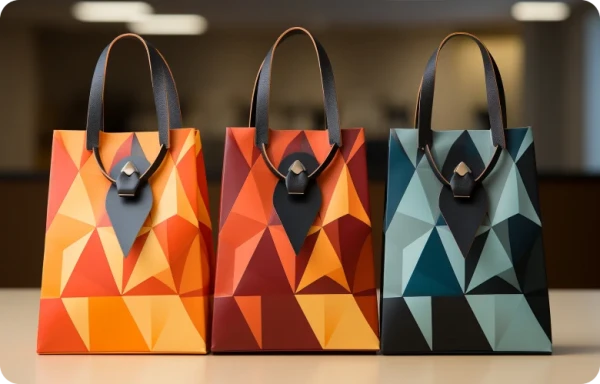Understanding Your Audience
How to Identify Your Target Audience for Brochures
Creating an effective
brochure starts with understanding
who you’re designing it for. Even the most visually stunning brochure can miss the mark without a clear idea of your target audience.
Start by asking yourself these questions:
- Who will be reading this brochure?
- What are their needs, interests, and pain points?
- How does your product or service solve their problems?
Once you’ve identified your audience, you can craft a resonant message. For example, a
corporate brochure for investors may focus on numbers and professionalism, while a
small business brochure for customers should be approachable and benefits-driven.
Customize the design and tone to align with your audience’s preferences. Use simple language, visuals that catch their eye, and an easy-to-follow layout.
Remember, the ultimate goal of a brochure is to
engage your audience and encourage them to take action—whether that’s calling, visiting your website, or making a purchase.
Key Elements of Effective Brochure Design
What Makes a Brochure Stand Out?
A successful
brochure is all about balance—between visuals, content, and structure. Each element plays a critical role in grabbing attention and delivering your message effectively.
1. Choose the Right Layout:
The layout sets the tone for your brochure. Popular choices like
tri-fold brochures are perfect for presenting information in sections, while
booklet-style designs work well for detailed content.
2. Use Compelling Visuals:
High-quality images, eye-catching colors, and professional typography make your brochure visually appealing. Ensure every visual aligns with your brand’s style and messaging.
3. Write Persuasive Content:
Your words matter! Keep your headlines bold and your body text concise. Highlight benefits and use action-oriented language, like “Discover,” “Learn,” or “Try Now.”
4. Don’t Overcrowd the Design:
Less is more. Leave enough white space to make your content digestible and avoid overwhelming readers.
Printing and Distribution Considerations
From Printing to Distribution: Completing Your Brochures
Once your
brochure design is finalized, it’s time to think about how it will look in print and reach your audience. A poor-quality print job can ruin even the best design, so
attention to detail is key.
1. Choose the Right Paper and Finish:
The paper you use can define your brochure’s feel.
Glossy finishes are great for vibrant visuals, while
matte finishes lend a sophisticated touch. For durability, consider thicker
paper stock.
2. Select High-Quality Printing Services:
Work with a reliable printer that ensures accurate colors and sharp text. Don’t skimp on quality—it reflects your brand!
3. Plan Your Distribution Strategy:
How you distribute your brochures matters. Options include
direct mail,
handouts at events, or leaving them at high-traffic locations like cafes or offices. For a wider reach, offer
digital brochures on your website or via email.
A great brochure doesn’t just look good—it reaches the right audience effectively.
Additional Tips for Successful Brochures
Pro Tips for Better Brochures
Creating an effective
brochure doesn’t stop at design and content—it’s about testing, feedback, and continuous improvement. Here are a few pro tips to make sure your brochure stands out:
1. A/B Test Different Designs:
If you’re unsure about certain elements (like layout or images), test two versions of your
brochure. See which one resonates better with your audience. This will help optimize for higher engagement.
2. Gather Feedback:
Ask for feedback from your target audience or colleagues. Understanding how they perceive your brochure can provide valuable insights for future designs.
3. Keep It Updated:
Ensure your
brochure is always up to date. If your business changes, update your content, visuals, and contact information to reflect the most current offerings.
4. Focus on User Experience:
Make sure your
brochure is easy to navigate. An intuitive design improves readability and keeps your audience engaged.
Regular updates and testing help refine your brochure’s effectiveness over time.
Frequently Asked Questions About Brochures
1. What are brochures used for?
Brochures are marketing tools that present information about products, services, or events in a visually appealing format. They are used to educate, inform, and persuade your target audience.
2. What are the different types of brochures?
There are several types of
brochures, including
tri-fold,
bi-fold,
Z-fold, and booklet-style designs. The choice depends on how much information you want to include and the message you wish to convey.
3. How do I create an effective brochure?
To create an effective
brochure, focus on a clear design, compelling content, and strong visuals. Understand your target audience and tailor the message and tone accordingly.
4. Are brochures still relevant in digital marketing?
Yes!
Digital brochures are increasingly popular, offering an eco-friendly, cost-effective way to reach a wider audience online.
5. What is the best paper type for brochures?
The glossy paper enhances colors and images, while matte paper provides a more elegant, professional look. Choose based on the impression you want to create.
